New York City Study Finds it Has Five MILLION Trees in ‘forested natural areas’
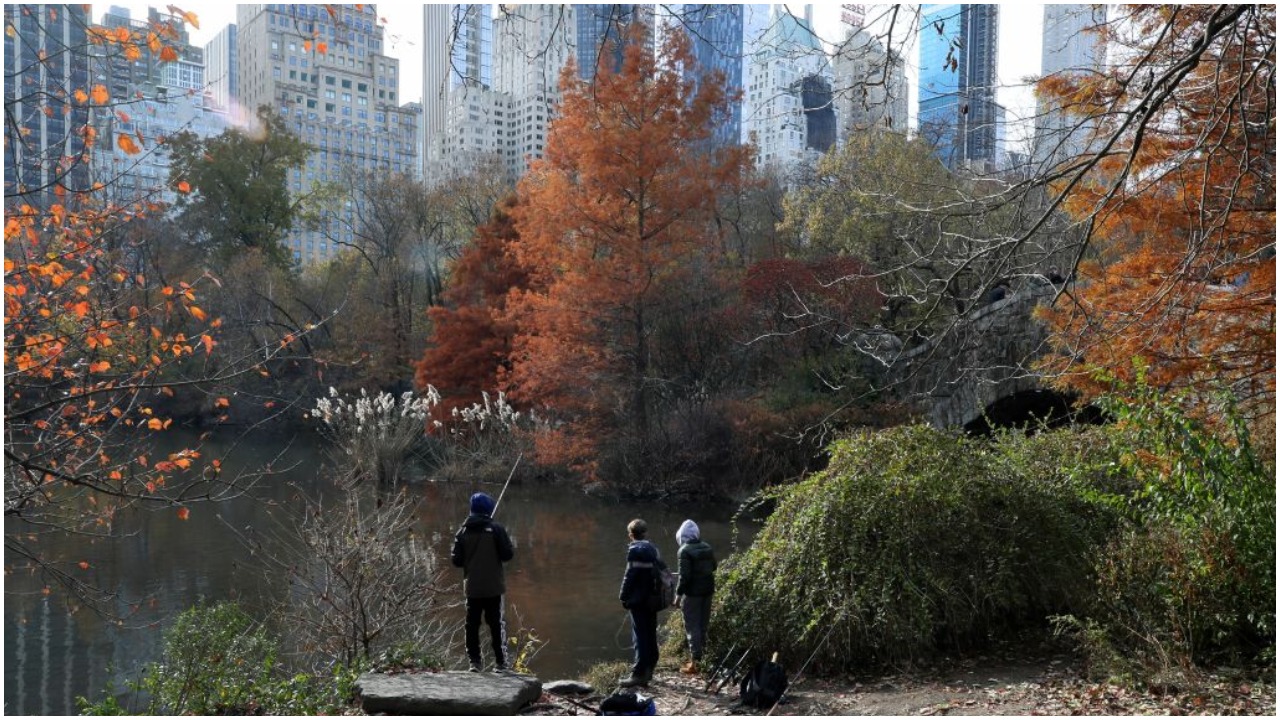
Thinking of New York City evokes images of the Empire State Building, Broadway, and the Freedom Tower but usually not the benefits of forestation. However, a new study may help add a new image.
In 2018, Yale School of Forestry & Environmental Studies doctoral student and member of The Natural Areas Conservancy, Clara Pregitzer, presented a paper on native forest areas that have survived in New York City.
According to Daily Mail, after a two-year survey, her team identified fifty-seven unique types of tree stands, and eighty-one percent of the trees are types that would have grown naturally had the city not been built.
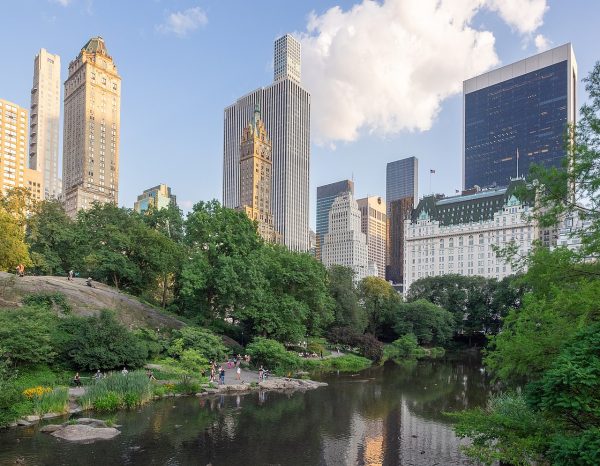
In total, the natural spaces consist of a not inconsequential ten thousand acres in a city of over eight million people.
Quoted on Yale School of Forestry & Environmental Studies, Pregitzer remarked, “You can create and design spaces that increase biodiversity or tree canopy by planting a lot of different trees, but it’s not the same as having these natural spaces…and now that we know what we have we can begin to manage them with a new perspective.”
As of December 2019, the New York City Street Tree Map provided by NYC Parks, estimates the return of value to the city from trees is about one hundred and ten billion dollars.
Shady trees in summer and evergreens in winter save just over eighty-four billion dollars in residential energy costs each year. The tree roots retain the soil so less water is drained off into the sewers, preserving around one billion gallons of stormwater every year.
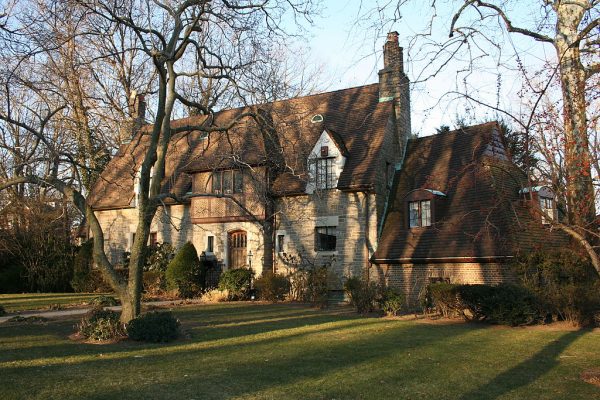
The trees naturally absorb carbon dioxide at a rate of six hundred and twelve thousand tons annually, removing six hundred and thirty five tons of air pollution in a year.
The street map, so far, shows almost seven hundred thousand trees divided by boroughs on which one can zoom down to street level and get a pop up identifying the type of tree, the trunk diameter, the approximate address with a photo and a link to more tree info.
The location of the tree on the map is color coded to help find specific trees, and there are also filters that separate size and type. One can also make a report if there is something wrong such as dead trees or limbs or roots pushing up the sidewalk.
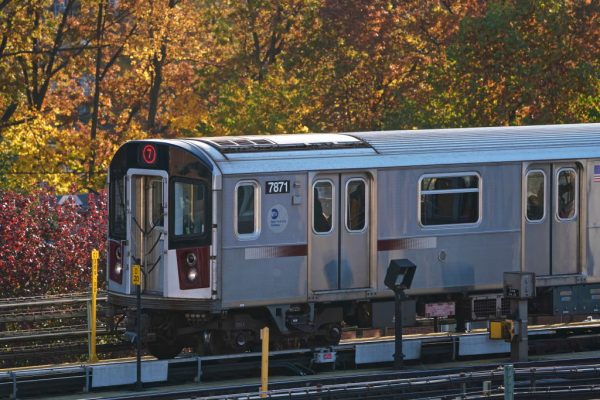
The user can see a Black Locust tree along Palisade Avenue in the north, a Gingko tree at the corner of Park Avenue and East 92nd Street, or a Common Hackberry near the beach on Coney Island in the south.
The Natural Resources Group division of NYC Parks and Recreation Department also reports on NYC Parks website, saying that native woodlands, freshwater wetlands, and salt marshes among New York City’s parklands are constantly at risk from urban encroachment.
Poplars, hickory, sumac, and oak trees are in danger of being felled to make room for new stores or apartment buildings.
Forever Wild Nature Preserves protects over eight thousand acres of natural land in New York City with over fifty identified natural areas among the five boroughs, many of which are animal sanctuaries, wildlife refuges, and forest preserves.
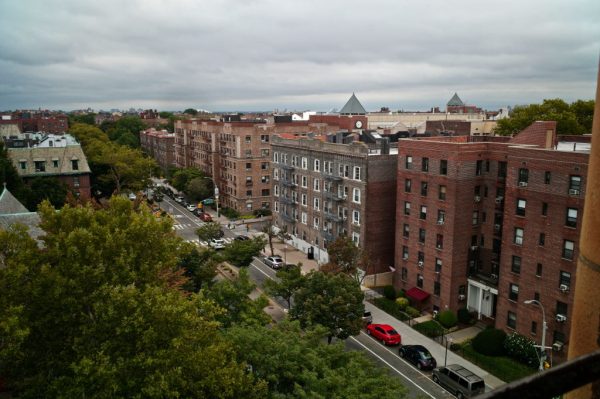
From 1997 to 2000, the Park Service was able to acquire over three hundred and eighty acres of natural lands, mostly on Long Island, which are preserved for wildlife and the public to enjoy.
The city launched a strategy program, OneNYC 2050, to prepare for the future needs of its citizens, and greening up the Big Apple is on the list.
In 2007, an initiative titled Million Trees NYC set a goal of planting one million trees in the five boroughs which was realized on November 20th of 2015 at Joyce Kilmer Park in the Bronx two years ahead of their target completion date.
Another Article From Us: Wild Boars Snort $22,000 Worth of Cocaine Buried in a Tuscan Forest
Reported on NYC Parks Joyce Kilmer Park page, the founder of the New York Restoration Project, singer Bette Midler, arranged to have the Empire State Building bathed in green light to celebrate the occasion.
